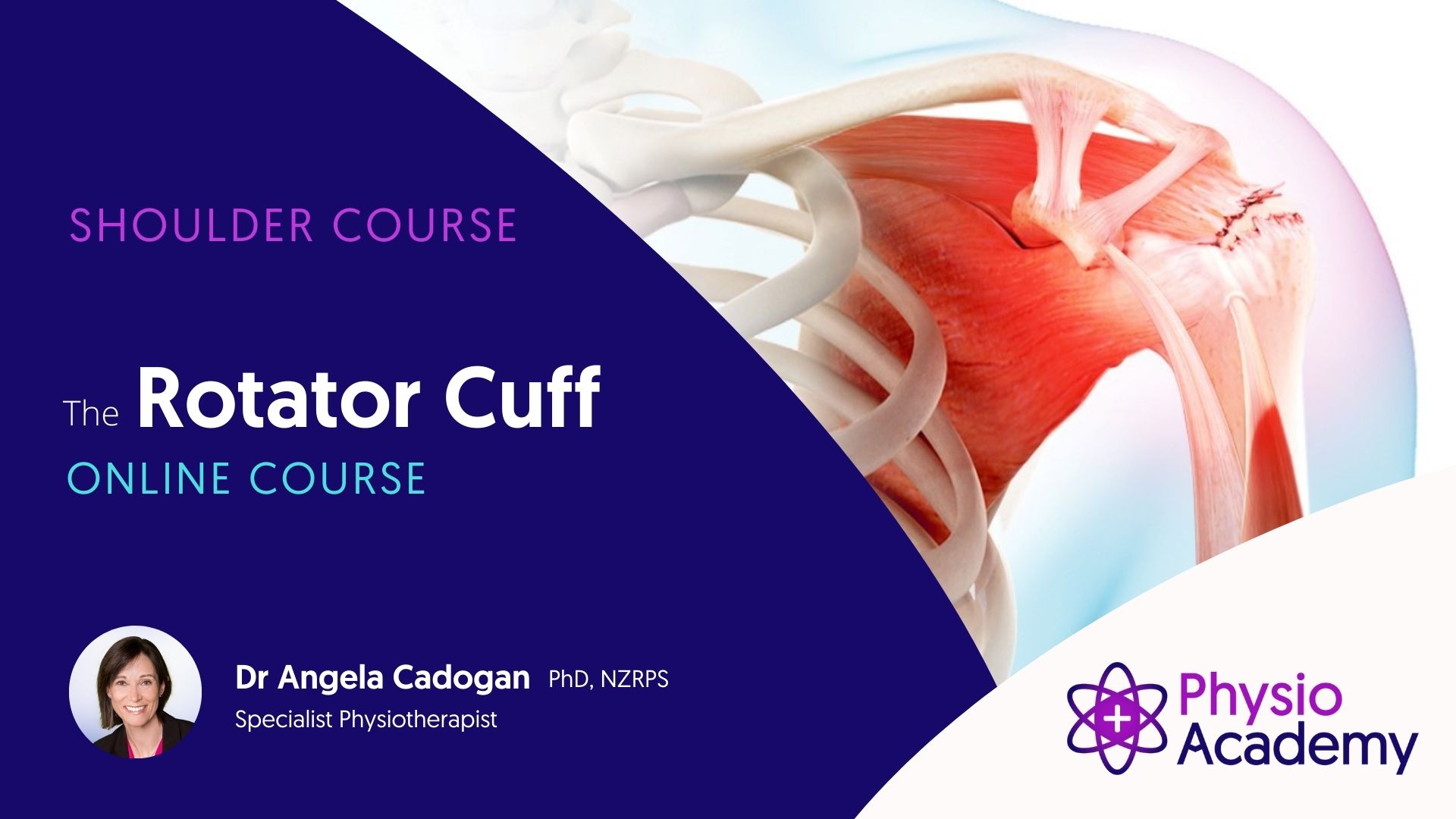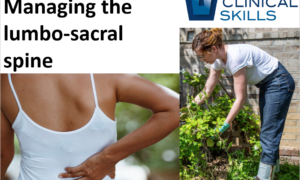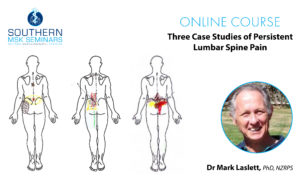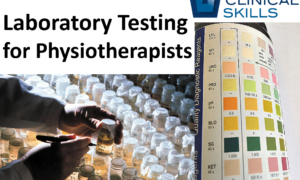This module covers the pathoaetiology, natural history, diagnosis and management of rotator cuff-related conditions. Lessons in this module begin with the diagnosis of subacromial pain and are then divided according to evidence for specific management of rotator cuff related conditions.
Module Aim
To produce practitioners who:
- Understand the spectrum of subacromial pathology including aetiology and natural history.
- Can make an accurate clinical diagnosis of symptomatic subacromial conditions and make appropriate use of imaging in the diagnostic process.
- Are competent in the non-operative management of subacromial pathology.
- Can apply appropriate and effective physiotherapy treatment and rehabilitation for subacromial conditions.
- Can appropriately refer for surgical evaluation of rotator cuff conditions.
Learning Outcomes
- Describe the pathoaetiology and natural history of calcific, and non-calcific rotator cuff tendon and bursal pathology.
- Describe the clinical features, including patient history and physical examination features of calcific and non-calcific rotator cuff tendon and bursal pathology and how these relate to pathology.
- Perform a detailed patient history and physical examination to identify and sub-classify rotator cuff conditions according to evidence for specific management.
- Understand and list the criteria for referral for diagnostic imaging investigations for subacromial pathology and interpret results in the context of patients symptoms.
- Describe the evidence-based management of calcific and non-calcific rotator cuff tendon and bursal pathology.
- List the indications and contraindications for the use of diagnostic and corticosteroid injections into the subacromial space.
- Describe and perform appropriate, evidence-informed physiotherapy management for subacromial pathologies.
- List the criteria and priority for referral for orthopaedic assessment for subacromial pathologies.
Contains five lessons, a case study and a final quiz





